2013 BMW X3 XDrive28i Review

It’s well known that the BMW 3 Series is a brilliant car. The potpourri of sport, luxury and technology blend perfectly to make a desirable and solid car for anyone shopping in its price point. But those who need more practicality and family friendliness will look at the platform-sharing X3 xDrive28i to fill that void.
FAST FACTS
| 1. For 2013 the old 6-cylinder engine is out, replaced by a 2.0-liter 4-four cylinder engine that makes 240 hp and 260 lb-ft of torque. |
| 2. The X3 uses an eight-speed automatic transmission, helping it get an EPA rated 21 mpg city, 28 mpg highway and 24 mpg combined. |
| 3. xDrive28i models start at $40,525, and the more powerful X3 xDrive35i from $45,625. |
LOSES TWO CYLINDERS, GAINS MPGS
Fortunately, there’s hardly a better starting point than the 3 Series sport-sedan, and the X3 really proves this point. It feels solid, yet spritely and feels far more capable than its spec sheet would hint at. For 2013 BMW transplanted the 240-hp turbocharged four-cylinder engine out of the 328i and put it into the bigger utility vehicle.
The engine is still packaged with BMW’s eight-speed automatic transmission like last year’s model, which does double duty to help keep the engine in its sweet-spot and fuel-consumption low. Yes, the older car made more power, but the new engine helps make more twist; a total 49 extra lb-ft of torque helps the X3 stay exciting. In fact, it’s hard to see the need for the more powerful engine in the xDrive35i.
This vehicle’s fuel economy during a week of testing proved that the car rationed its premium gas better than the bigger engine model, and last year’s xDrive28i, but not by much. Getting 22 mpg instead of the EPA’s pie-in-the-sky rating of 24 mpg meant that the car wasn’t impressively fuel-friendly, but still better than last year’s 21 mpg combined rating.
HEFTY CROSSOVER CAN HANDLE
Of course, trying to drive a turbocharged BMW conservatively is a difficult mission, even if it’s heavier than 4,000 lbs. and is as tall as a horse. While the default drive mode for the BMW, dubbed “comfort” is well balanced between responsiveness, comfort and fuel economy, it would be a waste to not activate the “sport” mode. This setting practically dismisses the seventh and eight gears and helps the car stay in its rpm sweet spot. The car’s electric power steering also stiffens up, giving a more engaging handling feel which goes hand-in-hand with the X3s communicative suspension. Unlike the Mercedes-Benz GLK, BMW allows traction and stability control to be fully switched off, a hint that the brand wants you to truly explore its sporty DNA even in a car of this size. Of course, this feature can also help to get the big Bimmer out of sticky situations, working alongside the rear-biased xDrive all-wheel-drive system.
RESEARCH: Check out the full specs on the BMW X3 xDrive28i
For those not looking for everyday driving excitement the X3 also offers an Eco Pro mode, which dials-down throttle response, and tempers the climate control in order to improve fuel economy.
LACKS LUXURY TOUCHES
Where the X3 struggles is as a true luxury vehicle. Even back in comfort mode, the stiff suspension and run-flat tires give the car a harsh ride, making rockier roads feel like river rapids. It’s far from the cloud-like, carefree feeling that’s expected in this class of luxury cars.
Furthermore there’s the absolutely infuriating engine start/stop feature. Its abrupt nature is unbecoming of the luxury price-tag and appeal, and every passenger in the car always asked what was wrong when the engine shuddered off, and then back on at stoplights, or in stop-and-go traffic. While the function is defeatable, it can’t be turned off by default and a short test without the engine turning on and off changed the fuel economy by about 1 mile per gallon. The start-stop is annoying and doesn’t seem worthwhile.
COMPARE: See how the X3 fares against other luxury SUVs
The standard features are also lacking. The biggest highlights are the automatic headlights, automatic wipers and a power lift gate.
Any real luxuries are part of expensive add-on packages or come as pricey stand-alone options. Heated seats cost $500 or can come with a heated steering wheel as part of a $950 package and parking sensors are $750 or can come with a rear-view camera in another $950 package.
The test car was nicely equipped with a technology package, which includes navigation, parking assists technology, heated leather appointments, as well as Xenon headlights, a panoramic sunroof, metallic paint-finish and an X-line appearance package which ballooned the price from $40,525 to $47,325.
For nearly $50,000 the car missed a few key points. The beige ‘leatherette’ in the base X3 saves $1,450 from the total price, but feels like moist sand-paper to the touch. While the steering feel is excellent, the wheel itself feels cheap and flimsy. The seats have minimal adjustment, and additional high-tech assists like adaptive cruise control and blind-spot monitoring are unavailable.
The usual praise should be given to BMW’s iDrive system, which forgoes touch-screen dynamics for a joy-stick/rotary knob operated infotainment system. It works wonderfully on the go, and it’s fairly easy to perform tasks from the driver’s seat.
Design-wise the X3 is still striking on the road, with a softer look than past generations of BMW’s utility vehicle. The brand’s front-end look, with its headlight “coronas” and kidney grilles, is instantly recognizable in both daylight and at night, and other drivers quickly get out of the way when they spot the imposing German car storming into their rear-view mirrors. Bigger 19-inch wheels are available on the $3,000 M-sport package, and would go a long way to making the X3 look far more aggressive on the road.
The BMW’s interior is as expected, with an abundance of space for front and rear seat passengers. Trunk space is brilliant compared to the Audi Q5 and Mercedes GLK and expands from 27.6 to 63.3 cubic feet when the rear seats fold down.
THE VERDICT
With the X3 carrying the torch from the 3 Series sedan to a slightly different audience, it needs to touch on the traits that make the sedan so successful. The X3 delivers performance, but struggles with comfort and the availability of some technology features.
While it can be outfitted with better tech and a more luxurious interior, it increasingly becomes a more expensive and less attractive option. Ultimately, if driving enjoyment, handling and performance are at the top of your list, the X3 will satisfy, but if you want more luxury with your premium crossover, the X3 just doesn’t hit the mark.
LOVE IT
- Turbo-4 never feels underpowered
- Tight, immersive handling
- Solid fuel consumption
LEAVE IT
- Harsh/stiff ride
- Lacking standard luxuries
- Pricey for decent equipment
- Start/stop system

Sami has an unquenchable thirst for car knowledge and has been at AutoGuide for the past six years. He has a degree in journalism and media studies from the University of Guelph-Humber in Toronto and has won multiple journalism awards from the Automotive Journalist Association of Canada. Sami is also on the jury for the World Car Awards.
More by Sami Haj-Assaad















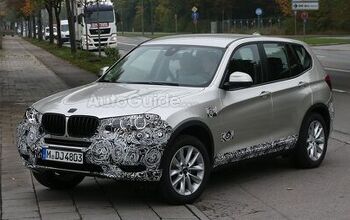
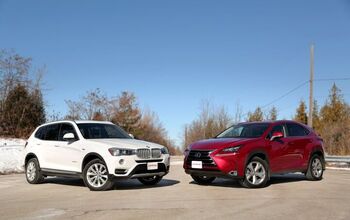

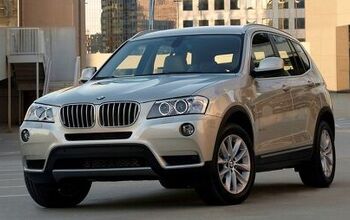


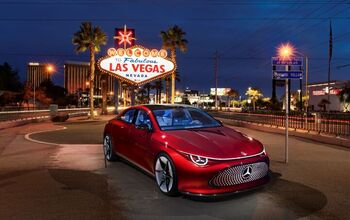
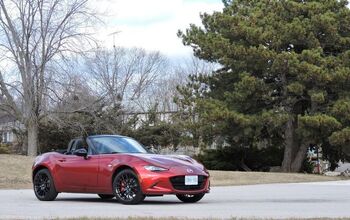

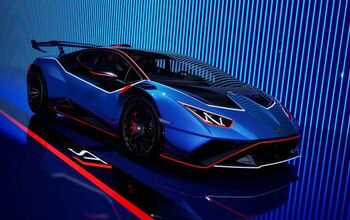




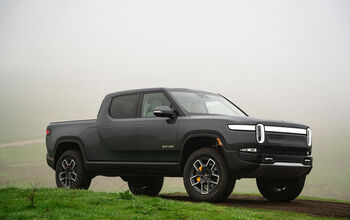
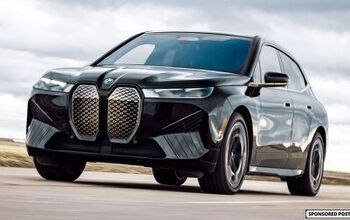
Comments
Join the conversation